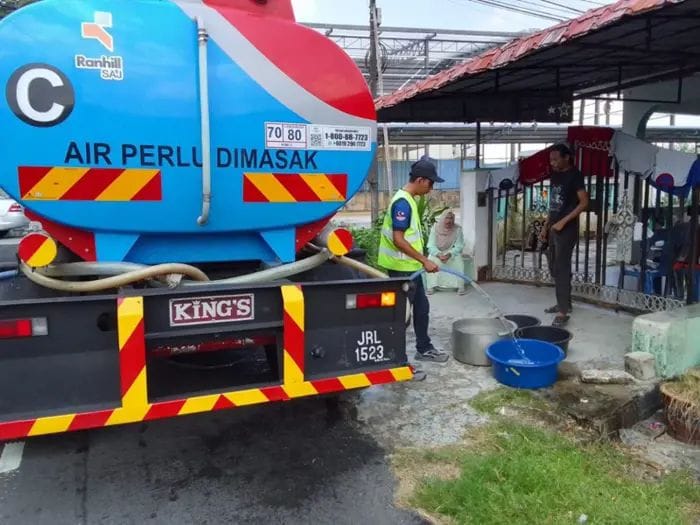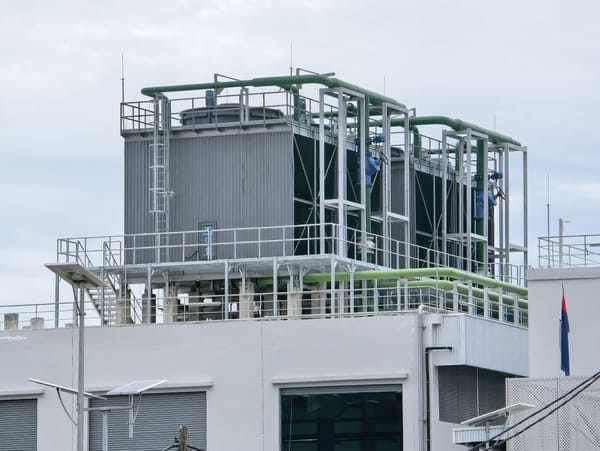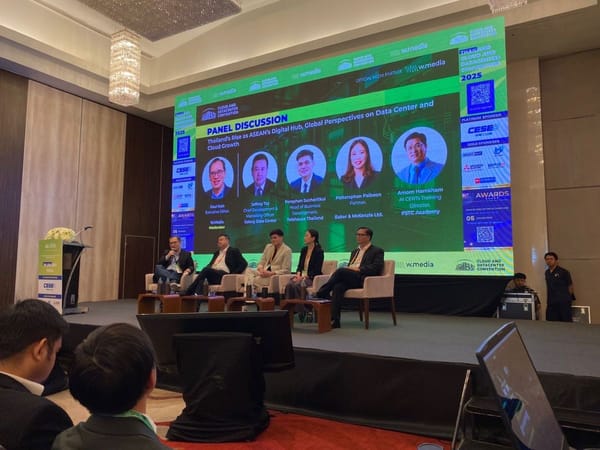As water tankers roll out in Johor, what does it mean for data centres?
Data centres weren't affected this time, but protracted pollution incidents could pose a threat.

As water tankers roll out and 20% of the residents in Johor face water disruptions over the weekend, should data centre operators be concerned?
Pollution in Sungai Johor affected the operations of several water treatment plants, resulting in a water disruption to 800,000 people in Johor.
River water pollution
A washing pond at an inland sand mining site in Kota Tinggi burst on 31 October due to soil movement, causing silt to flow into the Johor River (Sungai Johor).
The Johor River is a critical water source for both Johor and Singapore. Several water treatment plants, including Johor River Waterworks, which is run by Singapore's PUB, temporarily suspended operations.
According to Ranhill SAJ, the sole water operator in Johor, water release from the Linggiu Dam was increased to dilute the contamination.
It is understood that 81% of the disrupted supply had been restored by 8am on Sunday. Johor River Waterworks also resumed operations at noon that day.
Impact on data centres
There have been no indications that data centres in Johor were affected by the water disruption, which lasted around a day for most.
Data centres use a substantial amount of water for cooling, though they generally store enough water onsite for at least one to two days of operations.
As I wrote in mid-October, the biggest threat in terms of water disruption will likely be from water pollution, not burst pipes. For instance, the 2019 chemical dumping incident at Pasir Gudang saw the water supply suspended to 17,000 households for weeks.
Can water tankers bring in adequate water to a data centre impacted by such a lengthy disruption?
Mitigating the risk
To be clear, I don't think the risk of a protracted water disruption is high. Almost every previous water disruptions in Johor had always been quickly addressed.
But as we build ever larger data centres with hundreds of megawatts of capacity within massive campuses, it is important to review the risks from time to time.
For now, new regulations in Malaysia that compel data centre operators to look for alternative sources of water could actually alleviate the risks of water disruptions.
For instance, Bridge Data Centres has started treating wastewater for its 200MW data centre in Johor, which doesn't rely on raw water drawn from the Johor River.
What do you think?




